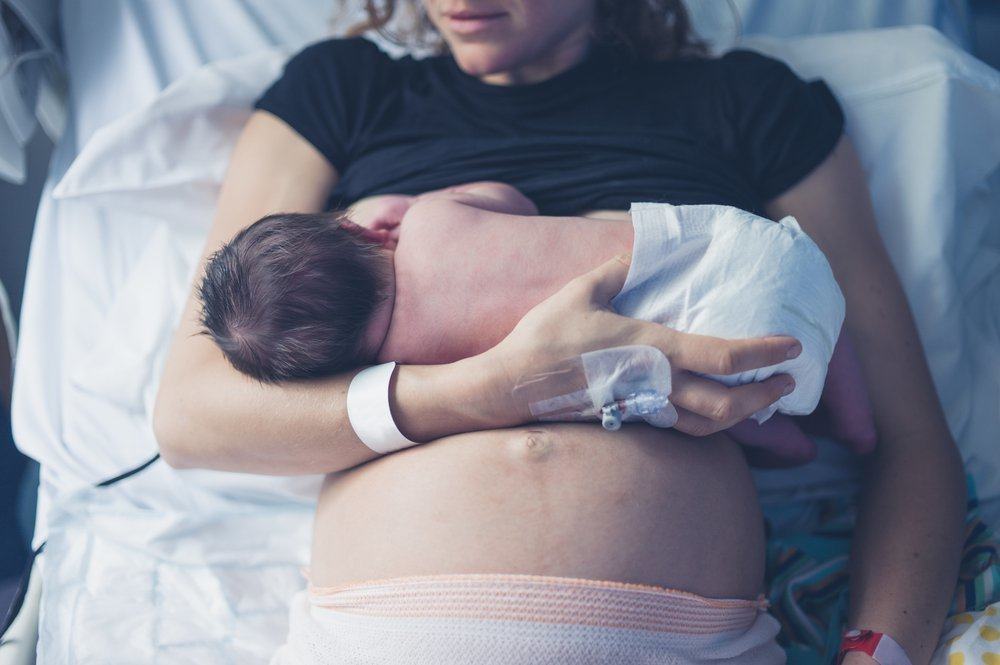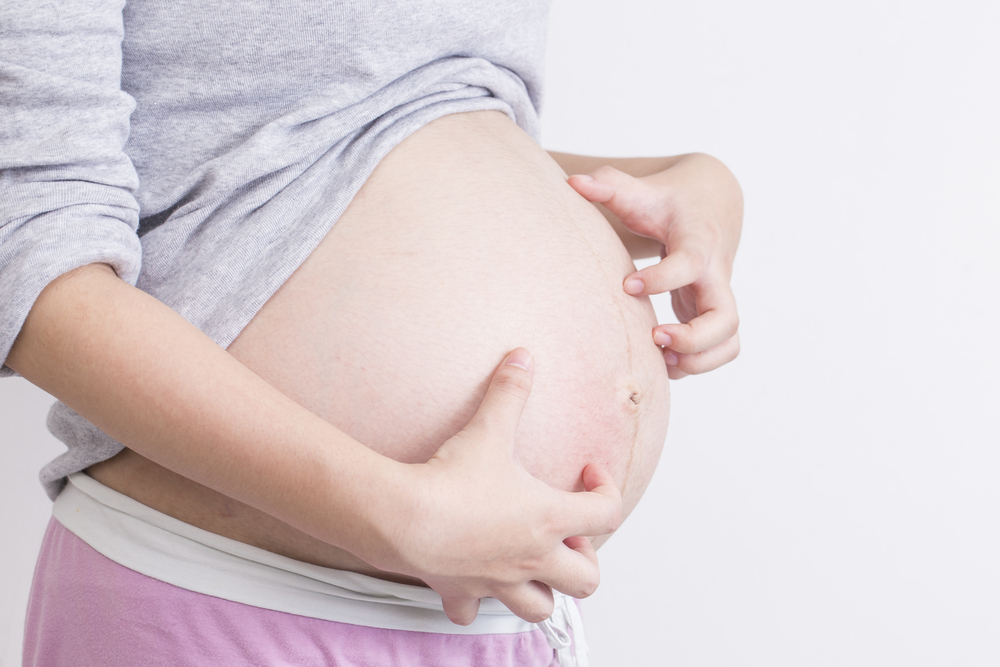Contents:
- Medical Video: Labour and Pain Relief - Information about Labour and the options on Pain Relief
- How to reduce pain during childbirth?
- 1. Lamaze
- 2. Bradley
- 3. Hypnobirth
- 3. Acupuncture
- 4. Change your position during childbirth
- 5. Other ways
Medical Video: Labour and Pain Relief - Information about Labour and the options on Pain Relief
We will not lie, giving birth is indeed a painful thing. Many women are worried about what they will experience during childbirth. Imagined pain during normal childbirth, many women who ultimately choose to give birth by caesarean section. However, there are also many women who still want to feel a normal birth. No matter how painful it is, in the end everything is paid for with the happiness of the baby's birth. Relax, the pain that you feel you can overcome yourself with certain techniques.
How to reduce pain during childbirth?
Pain during childbirth is caused by the contraction of your uterine muscles, as the body attempts to push your baby out. In addition, this pain is also caused by opening your cervix as a way out for the baby. The pain you will feel at delivery is usually in the form of cramps in the abdomen, groin, and lower back. You may also feel pressure in the bladder, large intestine and perineum.
However, you can treat this pain during childbirth by training yourself before the date of birth. These are various natural ways you can do to relieve pain during childbirth, regardless of the influence of drugs.
READ ALSO: Doesn't Want Vagina Tear When Giving Birth? Try Perineum Massage
1. Lamaze
Lamaze is one of the popular techniques in the United States to relieve pain during childbirth. The Lamaze Technique teaches that childbirth is a natural, normal, and healthy thing. You can learn the Lamaze technique in the class of pregnant women. The Lamaze instructor will teach relaxation techniques, how to deal with your physical condition during childbirth, breathing exercises during childbirth, and interference techniques. These methods can help you change your mind about pain during childbirth.
2. Bradley
Bradley involves your husband as someone who helps you give birth. In fact, your husband needs to be involved not only when you give birth, but also before you give birth. Your husband is involved in maintaining your health before you give birth, including monitoring your healthy diet and exercise. When giving birth, you and your husband are taught how to relax and breathing techniques during childbirth. Both of these can relieve your pain during childbirth without any medication. You can study Bradley in the class of pregnant women who are usually offered for 12 weeks.
3. Hypnobirth
If you are afraid to give birth normally, taking a hypnobirth class might be beneficial for you. Hypnobirth is a technique that aims to eliminate fear, anxiety, and tension during childbirth, and helps create a comfortable environment when giving birth, assisted by your partner. Hypnobirth also uses relaxation, breathing techniques, parable guidance, visualization, calculations, and vocalizations.
Relaxing is very important to deal with labor. The more you are tense or afraid of giving birth, the more pain you feel. Therefore, feeling calm and relaxed is needed when you give birth.
In hypnobirth, you are taught that the mother's body is designed to be able to give birth to her baby naturally. Follow the process that occurs in your body, not even you reject it. In addition, you must also be sure that you can give birth and believe that you can control your own body during childbirth.
READ ALSO: 5 Things You Need to Know Before Undergoing Water Birth
3. Acupuncture
Acupuncture comes from China and there have been many studies that prove that acupuncture is successful in alleviating all kinds of pain. Acupuncture can treat illness due to childbirth, help smooth births that run slowly, overcome birth with posterior baby position (supine position), relieve cramps after childbirth, after bleeding, and others. If you want to try an acupuncture technique to relieve pain during childbirth, you should look for an acupuncturist who specializes in assisting labor.
4. Change your position during childbirth
Straining during childbirth is not much different from pushing when you defecate. When pushing, of course you feel more comfortable when you are in a good position, so also in giving birth. A comfortable position when straining during childbirth is needed to facilitate birth and also to ease pain. A bad position can make you feel excessive pain during childbirth.
Changes in position during delivery may be needed to find a comfortable position. The sitting position and forward leaning body with legs bent and opened is a good position to help push your baby out. In this position, gravity also helps your body push your baby down. Feel the contractions that occur in your uterus, so you recognize when it's the right time to push. This can ease your pain and can speed up the time of birth. Always follow your doctor or midwife's orders during labor. This will greatly help facilitate your labor.
5. Other ways
Before giving birth, you should have prepared yourself, both physically and mentally. This can help deal with pain during labor. The following are things that can help you ease pain during labor.
- Prepare you physically in a healthy condition during labor. Regular exercise during pregnancy can help you facilitate labor. Besides that you also need to eat foods with balanced nutrition.
- Learn about labor. Knowing what will happen during labor can help you overcome your anxiety. You may need to take classes in pregnant women.
- Learn about breathing techniques during childbirth. Correct breathing techniques during childbirth can help you push when contracting, so that delivery can be more smooth and fast.
- Use things that can calm you during labor. For example, listening to music can help divert your mind from pain.
- Support from your partner before, during, and after labor can reduce your anxiety.
- You may need warm or cold compresses, massage, and a warm bath to relieve your pain after giving birth.
READ ALSO: Distinguish False Contractions and Contractions Signs of Childbirth












